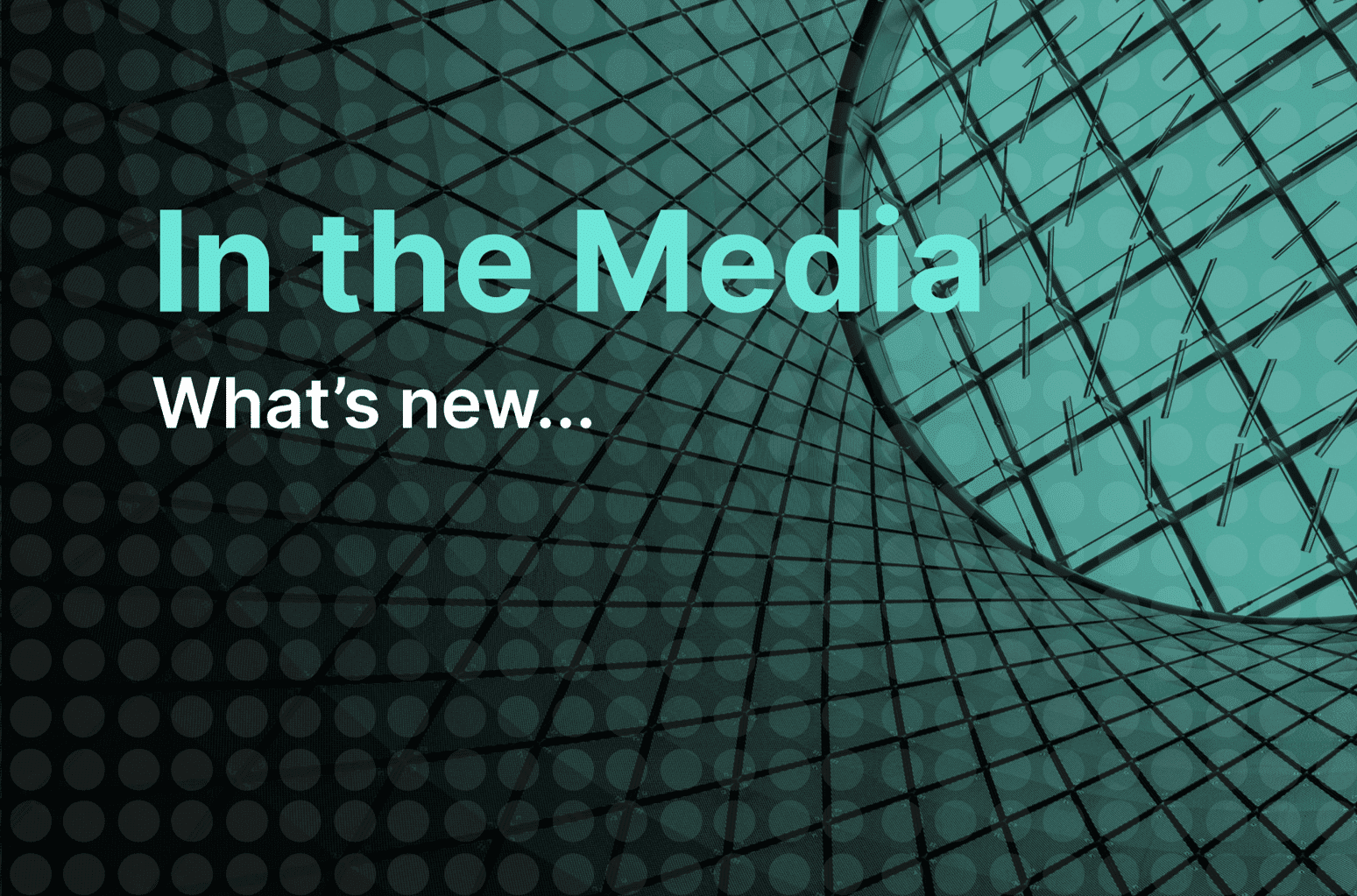By Charles Boorman & Craig Watson
Kayzen Underwriters Charles Boorman & Craig Watson discuss ESG in the D&O underwriting context
In the last few years, environmental, social, and governance (ESG) issues have taken centre stage in the business world, shaping company strategies, juxtaposed with meeting consumer expectations. Already being referred to by some as the “toxic 20s”, it’s becoming the decade where business is truly being forced to confront ethics head-on.
In reality, D&O underwriters have been underwriting risks associated with Environmental, Social and Governance issues well before the ‘ESG’ terminology was conceptualised. However, the increasing prevalence of virtue signalling by many companies has caused some underwriting and wider commercial scepticism, not because of ESG's inherent value but due to the way it's being addressed, or rather, not addressed effectively.
The previous guise of corporate capitalism and making a profitable return for shareholders no longer fits the modern ethos. And yet, a profitable company with a robust balance sheet is a risk most underwriters would wish to write. But we cannot ignore that D&O is recognised as an ‘event-driven’ coverage, where major events affecting companies often involve a secondary action against the Ds and Os. Many such events which give rise to a notification of a wrongful act can often be classed as falling within the realms of what we now call ‘ESG’.
As far back as 2004, the United Nations produced a report titled ‘Who Cares Wins’ aimed at the whole gamut of business stakeholders as a result of pressure groups promoting ethical activism from investors. This led to many large corporates highlighting their ‘Corporate Social Responsibility’ within their annual returns. This has now morphed into 10s, if not 100s, of pages in many public company reports promoting corporate efforts in carbon neutrality, societal deeds, and adherence to all appropriate laws and regulations. Perhaps this moment marked the shift from shareholder capitalism to stakeholder capitalism.
The Era of Stakeholder Capitalism
What has emerged is a shift in responsibility towards supporting issues that impact an organisation’s wider communities. But with this transfer, how do you measure success? What does this look like, and how do you integrate it into your broader business aims and objectives? How do businesses simultaneously embrace ideological positions whilst going about their day-to-day business? And do businesses vocalise their standing while understanding that making grandiose claims about ethical or social conscience will likely be scrutinised by interested parties?
All of which appears to be a reinvention of the true purpose of a business. Or is it? We should not overlook that all of the foregoing is merely a shifting business landscape that any director or officer should consider part and parcel of their fiduciary obligations. Let’s not forget that the primary obligation is to promote the company’s success. This means considering the needs of their customers and other external stakeholders.
What are these evolving needs?
- investors have changed their investment profiles
- customers have demanded ethical responsibility
- stakeholders want to witness greener environmental credentials
- equality and inclusion must form part of your internal and external agenda
- consideration must be given to broader political and geopolitical issues
The advent of “B Corps” status is an interesting aside, where companies consider remodelling their purpose from ‘shareholder benefit’ to move towards benefitting wider society and the environment. Although this can often be seen as a bridge too far, some corporations have charged specific subsidiaries or business divisions to take up this mantle. But it’s a process that requires serious consideration and should be bench-tested annually to ensure those external stakeholder benefits have been followed through.
Ultimately, the question of a business’s sustainability looms large when it fails to address these issues, raising the concern of whether directors are neglecting their fiduciary responsibilities. This is a challenge that many businesses must confront as they adapt to shifting strategies, evolving regulatory landscapes and board requirements.
The Underwriting Perspective
This begs the question: how do we effectively underwrite ESG in this changing landscape? The development of ESG scoring services would appear to support an insurer’s risk rationale. One of the key issues is being able to leverage the vast amounts of information related to the myriad of ESG risks. Is there a way we can use the quantitative metrics to accurately assess the good versus the bad?
Is a higher ESG score always indicative of lower risk, and conversely a lower ESG score an indication of higher risk for a D&O underwriter?
The savvy underwriter will hopefully recognise the potential oversimplification of this complex issue.
For starters, the scoring system wasn’t designed with insurance in mind; it was designed with a focus towards Corporate Social Responsibility and environmental investing. D&O insurers are concerned with what happens when things go wrong and the consequent financial loss. With so many variables and inconsistencies between the rating agencies, the variations in scoring methods, and how agencies deal with companies that don’t provide full disclosure, relying solely on scoring as the main method of due diligence is flawed logic.
It’s not just inconsistencies between the various scoring metrics of the rating companies, but how we correlate this data to understand what is better or worse. Should we penalise or reward large Oil and Gas companies spending billions on sustainable energy research? Additionally, there are also those organisations that are fundamentally ‘green’ by design and yet may have issues with the ‘S’ and the ‘G’. How can you score this?
European entities appear to have better ESG credentials than their US counterparts according to various ESG scoring metrics. However the noise in the USA suggests some political forces may favour an anti-ESG agenda. This anti-ESG rhetoric has now spilled over into litigation. As a result, we now see, in the USA at least, an approach to ESG whereby companies are toning down their ESG credentials – otherwise known as ‘greenhushing’.
If US companies face litigation and backlash for their ESG efforts, how will European entities with US exposures fare? Will this create a scenario where regulators, shareholders, third parties and lawyers pore through this data looking for issues? Could European companies, by the fact they are talking so much about their ESG credentials, be walking straight into the crosshairs of the US Plaintiffs Bar?
Following this argument, will those companies with better ESG scores be more at risk of litigation than those with lower scores? Perhaps those getting on with it quietly and not promoting their ESG successes will fly under the radar. If an accident or ‘event’ were to occur, maybe the ramifications for these companies may involve less potential financial loss. Conversely, those at the opposite end of the spectrum who have lauded their own ESG efforts could face a much greater issue. In essence, damned if you do and damned if you don’t. For those companies listed in the USA especially, it is a perilous path to tread.
Concluding thoughts
In conclusion, the D&O market should be less worried about a company’s score and more concerned about what would happen in an ‘event-driven’ scenario. After all, we are more concerned about what happens when things go wrong, and we know that accidents happen. ESG scores form a small part of the equation; it’s the qualitative piece – the commentary, narrative and opinion that some of these rating agencies provide - that is more interesting.
Once more, we return to the core of the business. Are the board fulfilling their fiduciary duties, particularly in terms of governance? Exceptional corporate governance significantly reduces the likelihood of accidents and minimises financial loss. D&O insurers should continue underwriting ESG risk as they have done for decades, but also now take advantage of the large amount of third-party data available to augment due diligence.
At Kayzen, we underwrite each risk based on its merits, and whilst we embrace technology and data, we maintain a keen underwriter’s eye on the risk presented to ensure the best outcome for your customer.
Speak to Kayzen to ensure your customer’s board of directors know that their day-to-day decisions are underpinned by coverage designed to support their fiduciary obligations, including those that may be specifically relevant to ESG risk.


